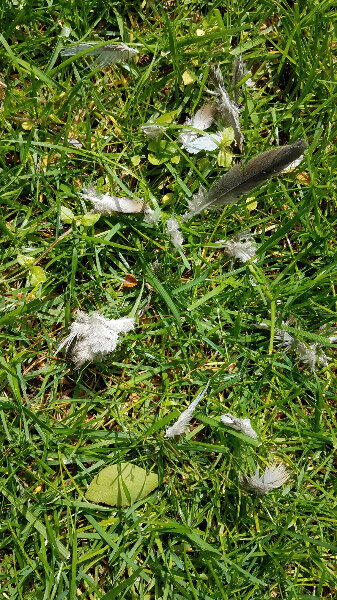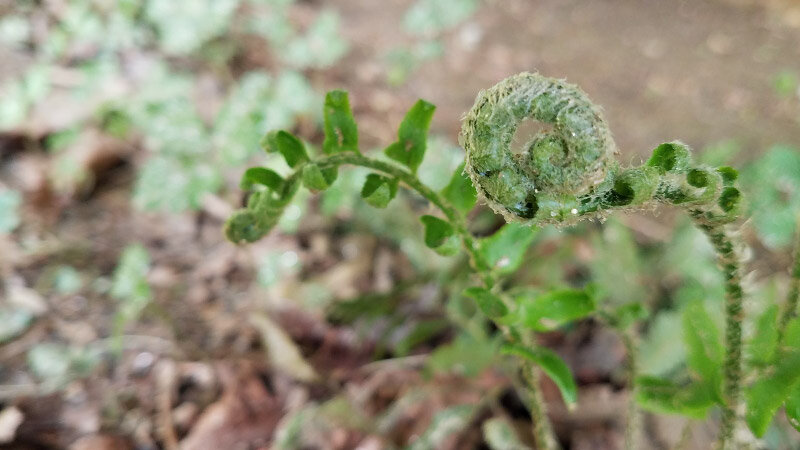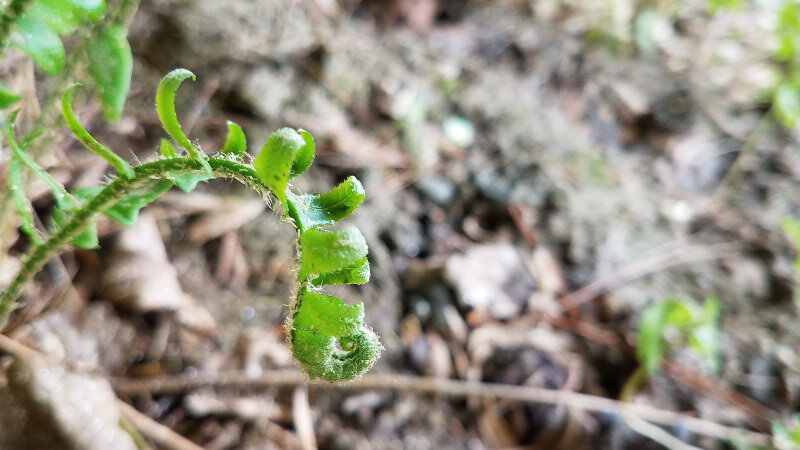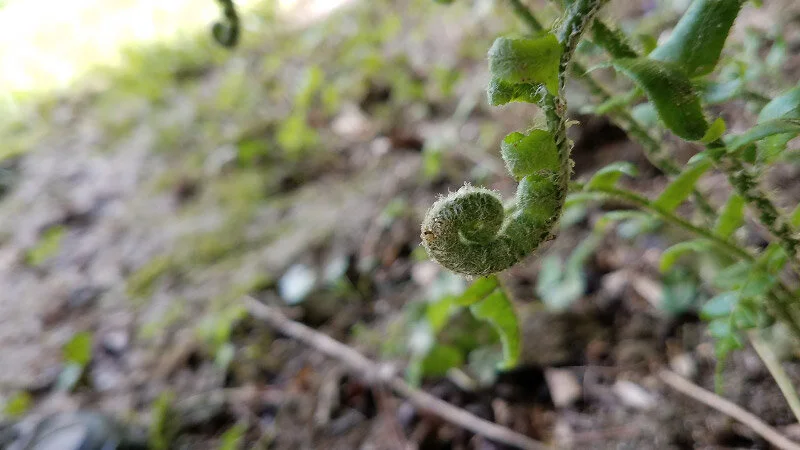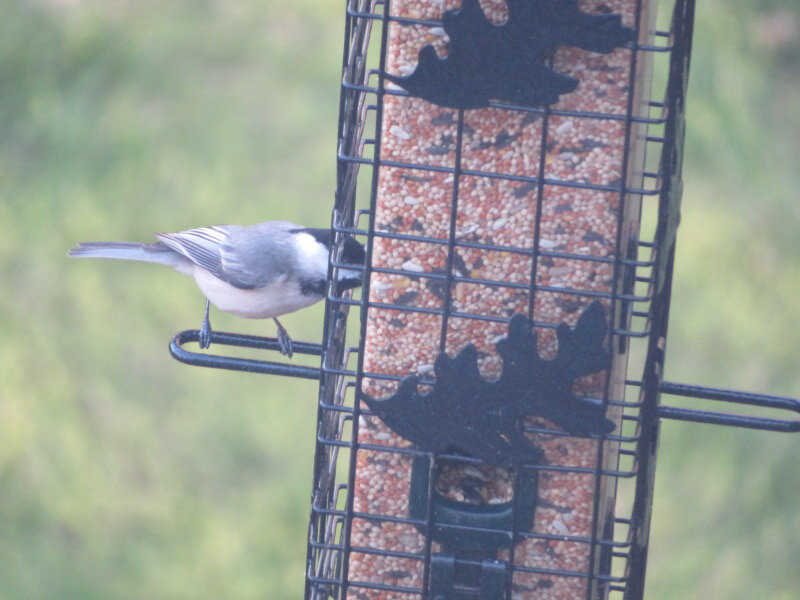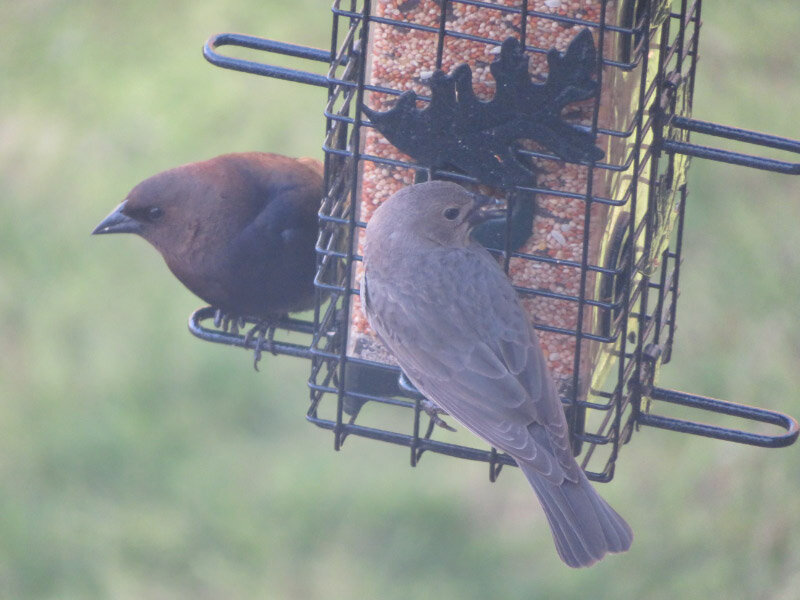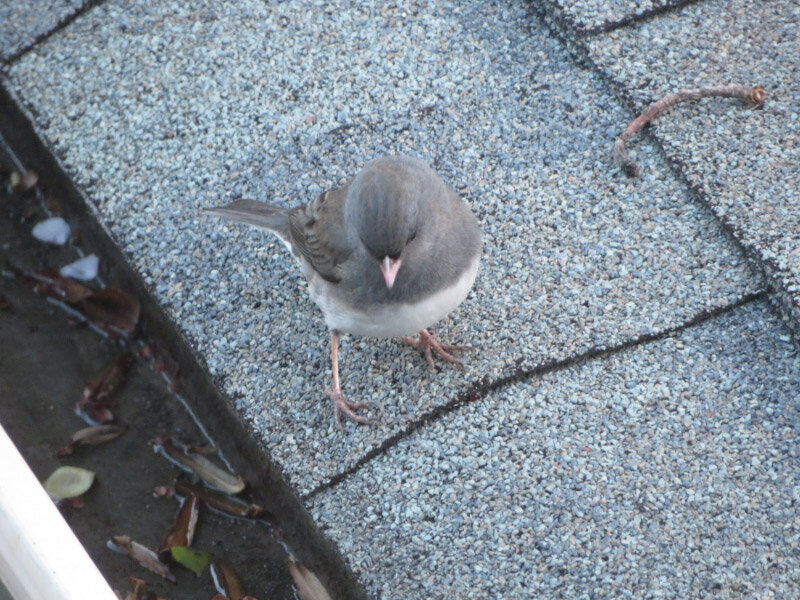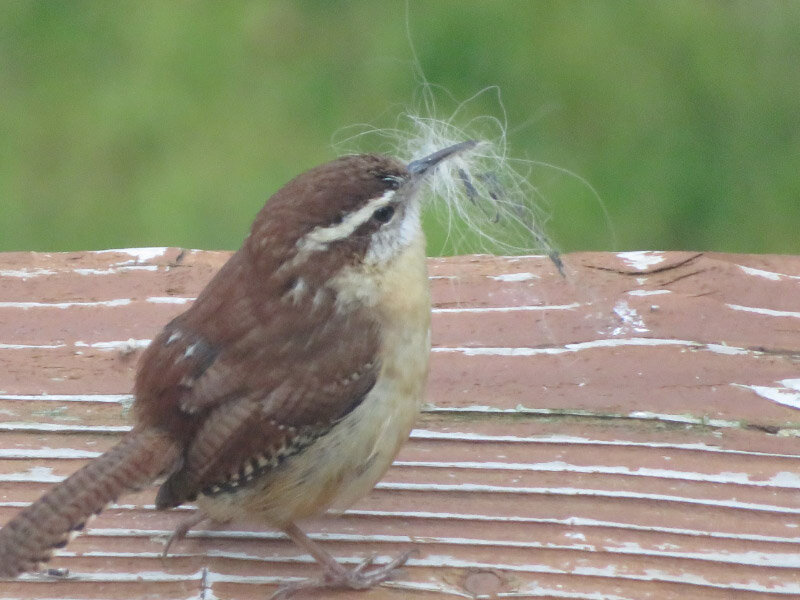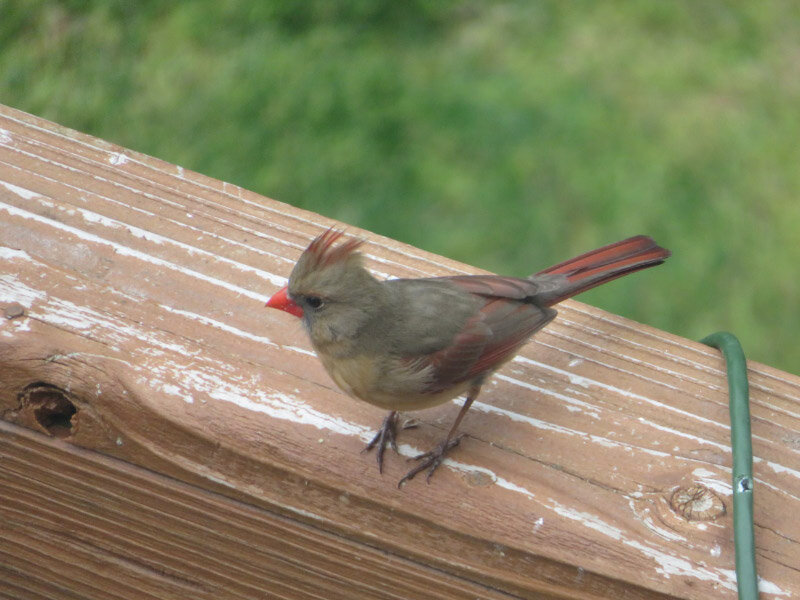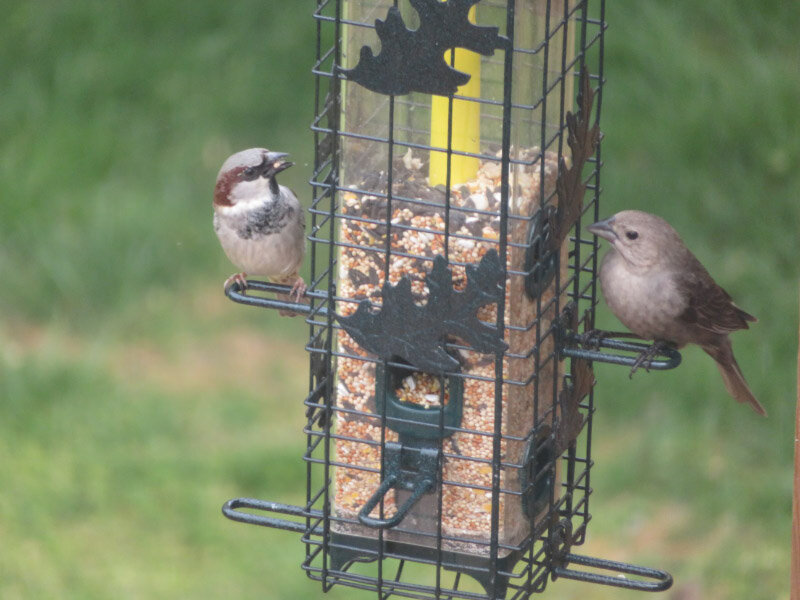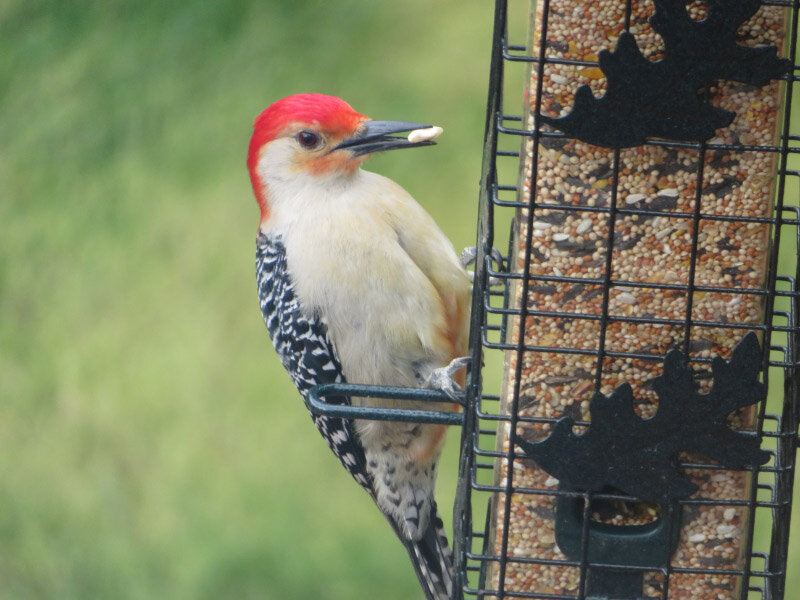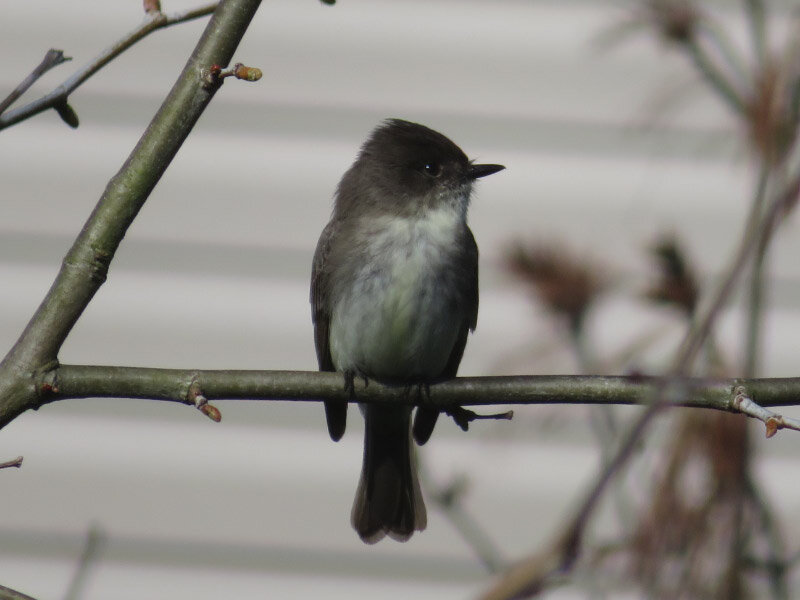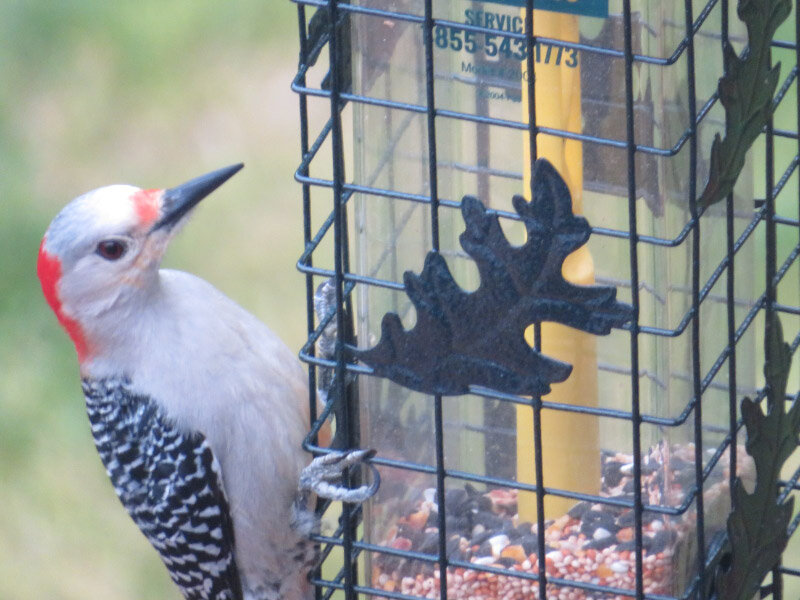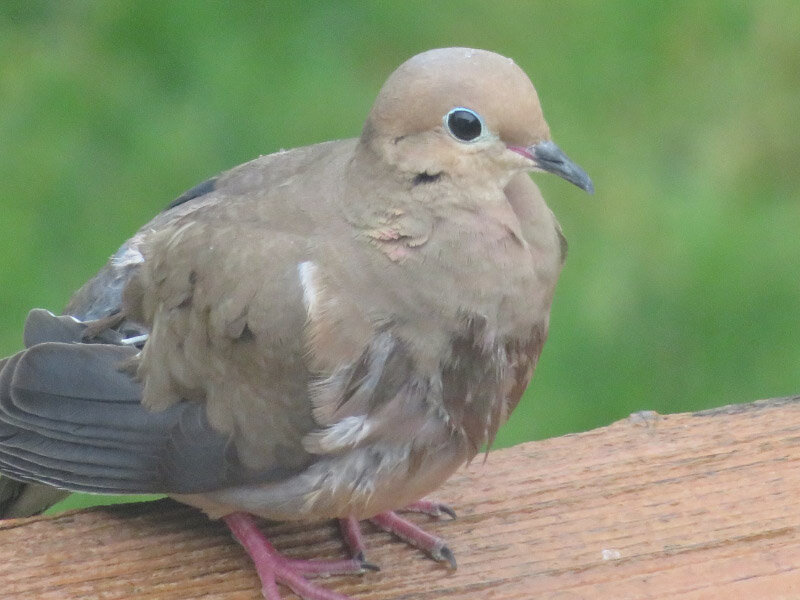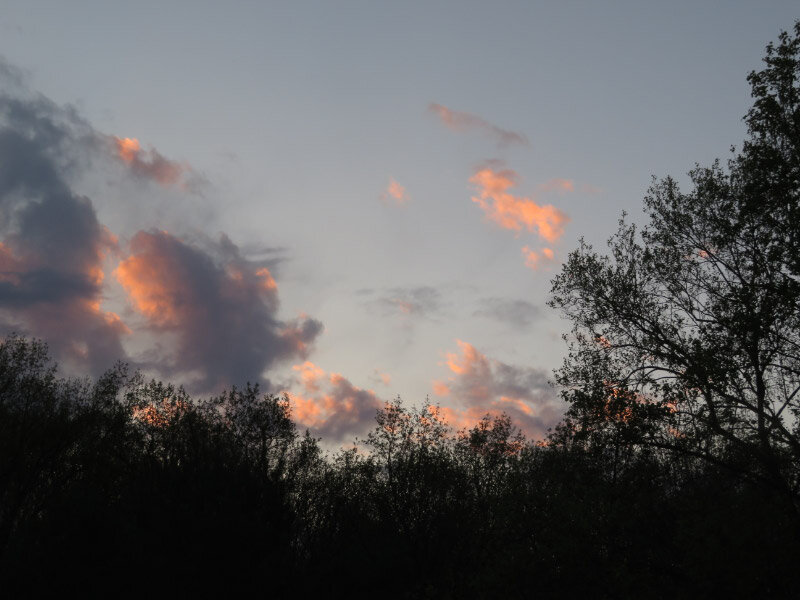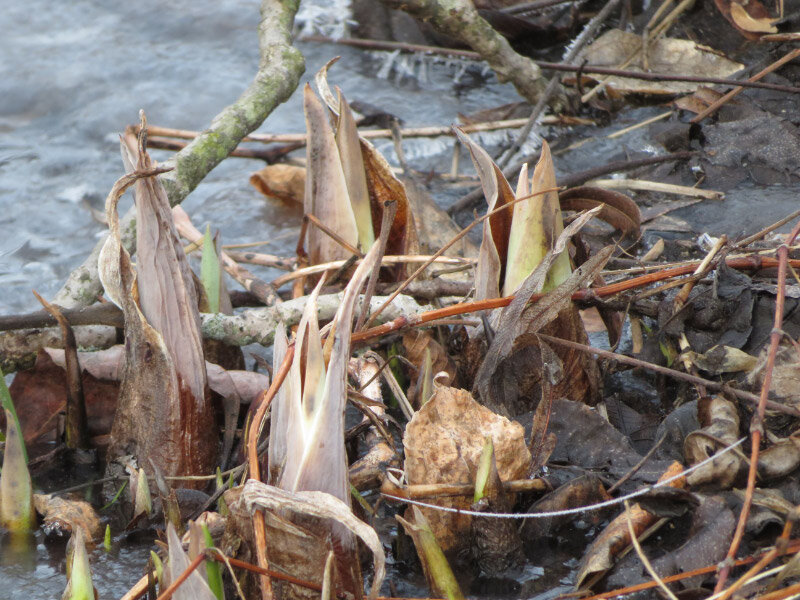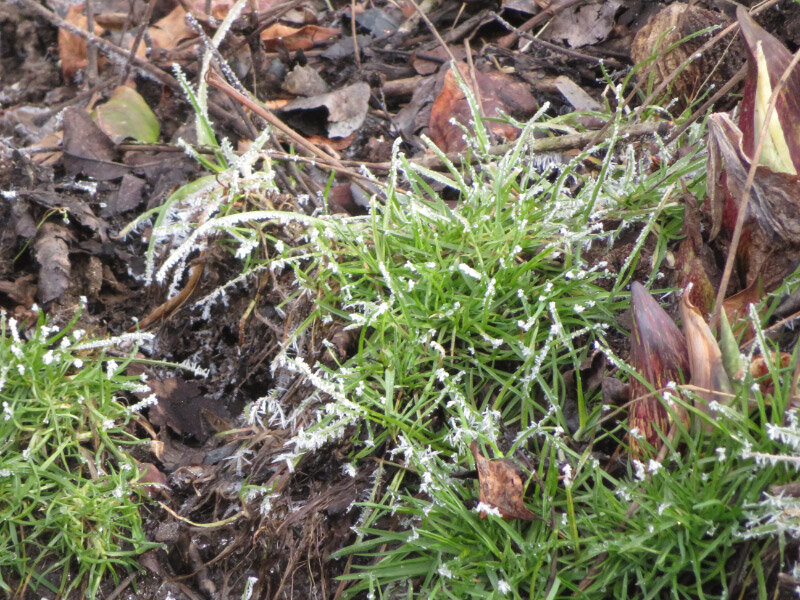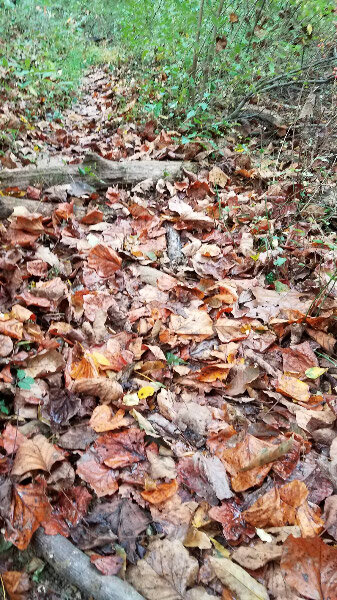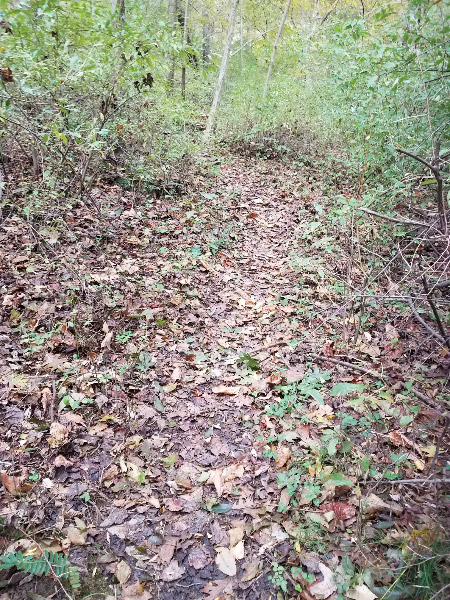Macro Photography in our Maryland Yard – May 2022
/I made a last macro photography foray around our yard in Maryland --- enjoying the fullness of spring. I started with the usual moss and lichen on the trees in front.
In the front flower beds, the nine-bark bush was in bloom and the pyracantha that I thought had died several years ago has come back from the roots/is blooming.
In the chaos garden, the irises are thriving along with Virginia creeper. Under the deck, there is a fiddlehead of a Christmas fern unfurling.
I decided to not move the dried flowers from daughter’s birth over 30 years ago. They are now in a hollow of the brush pile since I have already cleaned out the compost bin. They have more color in the macro views than I expected!





















